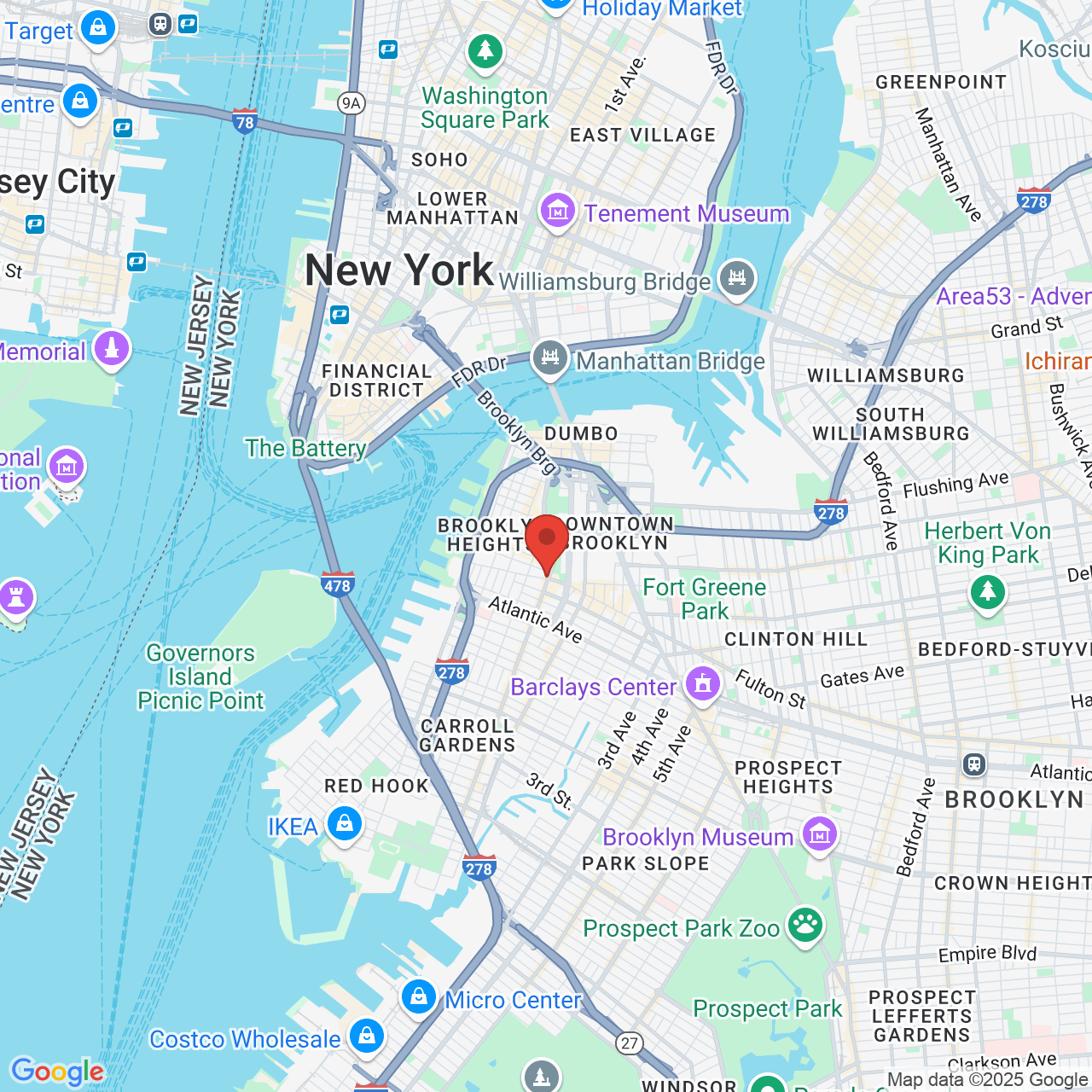The Stages of Periodontal Disease
 Periodontal disease is an infection of the gum tissue. It's a serious problem that can lead to unsightly smiles, tooth loss, and many other problems. By some estimates, nearly 65 million American adults suffer from some form of gum disease. For perspective, that's almost half of the adult population who suffers from gingivitis, periodontitis, or advanced periodontitis.
Periodontal disease is an infection of the gum tissue. It's a serious problem that can lead to unsightly smiles, tooth loss, and many other problems. By some estimates, nearly 65 million American adults suffer from some form of gum disease. For perspective, that's almost half of the adult population who suffers from gingivitis, periodontitis, or advanced periodontitis.
It's because of these alarming numbers that our Brooklyn dental practice has an experienced periodontist on staff who can address all sorts of issues that affect the health of the gums. With that in mind, we'd like to look at the three stages of gum disease in more detail.
Stage One: Gingivitis
Gingivitis is the earliest stage of gum disease. It is also the most common form of the condition. It's generally the result of poor oral hygiene, smoking, and potentially genetic factors.
Signs and Symptoms of Gingivitis
The symptoms of gingivitis include:
- Swollen or puffy gums
- Redness of the gums
- Persistent bad breath
- Bleeding gums
- Gum recession
Treatments for Gingivitis
Since gingivitis is an early stage of gum disease, it's thankfully pretty easy to treat. To bring the infection under control, patients may be asked to use specific antiseptic rinses or items. A professional dental cleaning (such as root planing and scaling) can also help address serious issues with oral bacteria in the hard to access places between teeth.
Stage Two: Periodontitis
Periodontitis is the next stage of gum disease. It is much more serious than gingivitis and involves a worsening of the symptoms of the earliest stage of gum disase.
Signs and Symptoms of Periodontitis
The symptoms of periodontitis include:
- Swelling of the gums
- Sensitive or irritated gum tissue
- Red or violet gum coloration
- Serious gum recession
- Changes in tooth alignment
- Loose teeth
- Pus between teeth
- Chronic bad breath
- Strange taste in your mouth
Treatments for Periodontitis
Treating periodontitis means using more involved therapies than those used to address gingivitis. Root planing and root scaling are common to help remove tartar buildup and to remove bacteria from the mouth. Antibiotics may be prescribed to get the inflammation under control, often supplemented with antiseptic rinses.
Stage Three: Advanced Periodontitis
The most severe type of gum disease, this is an extreme level of infection. Advanced periodontitis can lead to a host of issues that affect the gum tissue and your teeth, and it can also lead to serious problems with general health.
Signs and Symptoms of Advanced Periodontitis
The symptoms of advanced periodontitis include:
- Severe swelling of the gum tissue
- Major gum discoloration
- Pain and sensitivity of the gums
- Major gum recession
- Severe gaps between teeth
- Pronounced changes in tooth alignment
- Exposure of the tooth roots
- Tooth loss
Treatments for Advanced Periodontitis
Advanced periodontitis affects the gum tissue as well as your teeth. Major damage may be done to the structures of your mouth. Given this, there are generally different steps to treating periodontitis.
The first focus of treatment will be getting the infection under control. This may involve antibiotics, antiseptic rinses, and surgical removal of infected gum tissues. Flap surgery may be performed to help address problems with bone tissue and major damage to the root structures of the teeth.
It will often be necessary to repair and rebuild the tooth and gum tissue if a patient suffers from advanced periodontitis. This means the use of bone grafting as well as gum grafting surgeries to restore the health and appearance of the patient's smile.
Contact Brooklyn Heights Dental®
If you would like more information about treating and preventing gum disease, be sure to contact the dentists at Brooklyn Heights Dental® today. Our team looks forward to your visit and discussing all issues with you in much greater detail.



